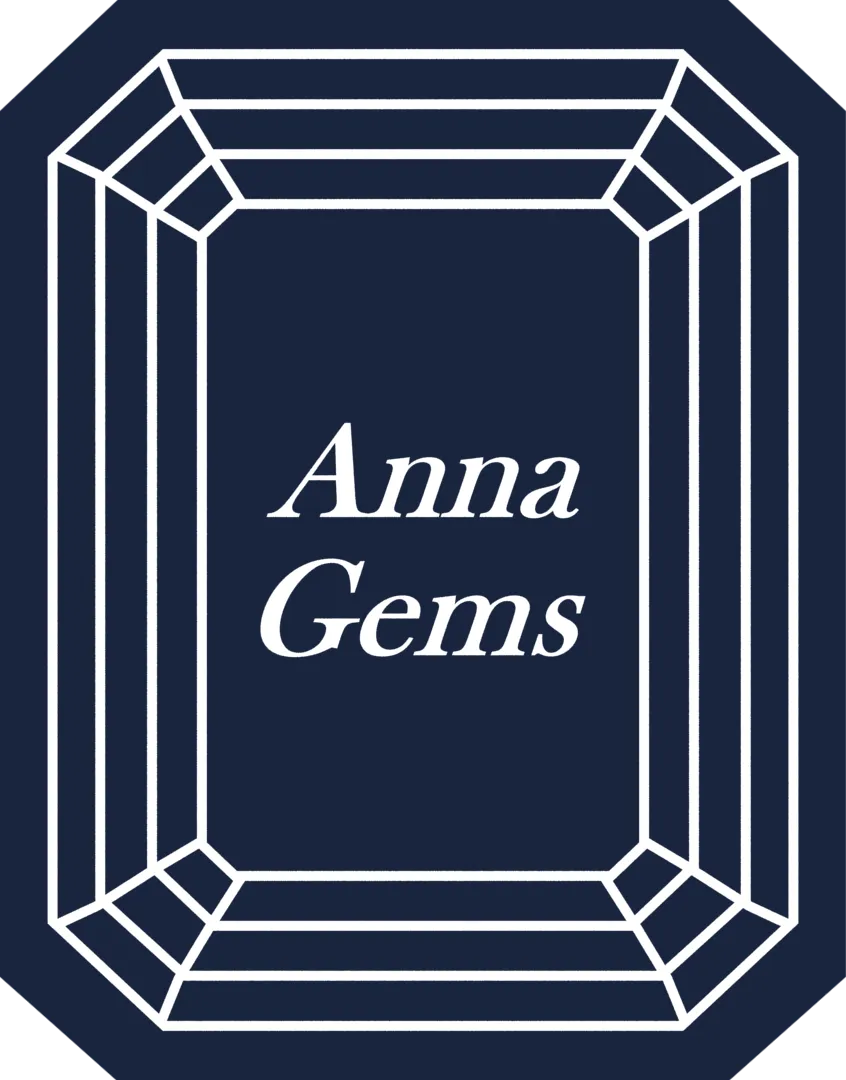SAPPHIRE

Sapphires are cut in various shapes. Sapphires have gained a lot of popularity in engagement rings (especially as an alternative to diamonds), and round cuts and oval cut sapphires seem to be most popular. Princess Diana was credited with making the oval cut sapphire famous with her engagement ring. High quality sapphire has a glow and sparkle due to high refraction. The faceting of round and oval shapes gives them reflective and sparkling qualities. Other shapes such as cushion, princess/square, octagon and marquise are popular as well. Round and oval sapphires are the most premium due to popularity and rough wastage as they are being cut. Cushion cut sapphires are more rare than other shapes, but more common in larger sizes above 5mm. Princess cuts are generally available in smaller sizes about 4mm and below.
Here is a sampling of all the popular Sapphire shapes:
Sapphire Sizes
Sapphires are cut in a variety of calibrated sizes based on what looks best in jewelry. Sapphire size is measured in millimeters, not carat weight. Carat weight is often a guide. However, every sapphire is cut slightly differently. As sapphires have more depth than diamonds, carat weight isn’t an entirely reliable size indicator. Like with all gemstones, the larger the sapphire, the rarer and more expensive. The prices change exponentially, not in a linear fashion. Always evaluate the sapphire’s size based on the measurements.
Sapphire Color
With sapphires, color is the most important quality attribute. Color is examined by the Sapphire’s hue, tone and saturation. Hue is the type of color in the sapphire. For example, if the gemstone is a blue sapphire, than the hue is blue. The tone is the depth of color. Sapphires should have a deep (not dark), vivid royal blue hue, with sparkles are dark purple. Lastly, the saturation is the evenness of color hue and tone. If the sapphire looks to have light spots or areas where the color gets too dark or fades, then the saturation may be uneven.
Sapphires can have different tones and still be high quality or low quality. For example, a single A quality sapphire may be very dark blue (almost black) or very light blue, almost sky blue. Likewise, icy blue sapphire can be valuable as well.
Sapphire color is examined without magnification. It is best to hold the sapphire between two fingers or on a white surface face up. Then rock and tilt the gemstone to examine the color and how it interacts with light. Human eyes are very good as identifying color. You have an innate ability to appreciate good quality versus lower quality. Your eyes will do the work and be able to identify if the sapphire is AAA or A quality.
Sapphire pricing varies based on color. It is important to note that color (apart) from size, is the single biggest price factor. All three major color factors, hue, tone and saturation, must be evaluated simultaneously when pricing a sapphire and assigning a quality grade. Below is a sample sapphire pricing chart based on the color grades. Please keep in mind that these are just examples and pricing may vary based on other factors as well.
NATURAL SAPPHIRE GRADING
Natural sapphires are graded and valued by a few factors. These include sapphire color, sapphire clarity, and also their cut and carat weight. A sapphire’s country of origin is also taken into consideration when determining its value. Different grading systems are used to determine the quality of this precious gemstone, depending on what factor is being graded. With this system, sapphires are graded according to different ranks. These include AAA, AA, A, and B qualities:
- Natural AAA – This grade accounts for just 2% of all natural gemstones
- Natural AA – This grade represents 10% of all natural gemstones available in the world
- Natural A – This grade forms the top 20% of natural gemstones
- Natural B – This category accounts for over 50% of natural gemstones
Blue Sapphire Color
The most important characteristic to consider when determining a sapphire’s price is always its color grade. The best color for a natural blue sapphire is an intense, velvety, deep royal blue. This color of sapphire would be considered AAA quality, the rarest and most valuable. The second best color is a medium rich blue, or AA quality. Any blue sapphires that have a slight gray undertone fit into the A category. Finally, sapphires that have a very dark and opaque blue color are considered B quality grade. The 3 keys to color grading are identifying hue, tone and saturation. Color is graded on these factors face up on a white surface. The hue should be royal blue, the tone should be deep blue and the saturation should be even throughout the gem.


Clarity Grading For Gemstones
After color, clarity is another important factor that has an impact on a gemstone’s price and rarity. There are three types of clarity grade for gemstones such as sapphires: Type 1 stones, Type 2 stones, and Type 3 stones.
- Type 1 stones – These stones will generally be “eye-clean,” meaning that they have no inclusions visible to the naked eye.
- Type 2 stones – These typically show some inclusions visible to the naked eye. However, they don’t detract from the overall beauty of the gemstone.
- Type 3 stones – These gemstones will almost always have inclusions, and they will always be visible to the naked eye.
Overall, most gemstones do have some type of inclusion, even if it isn’t eye visible. Generally speaking, the fewer inclusions a gemstone has, the rarer it is. Thus, the price will be higher for Type 1 stones than Type 3.
Sapphires still fall into the general clarity grading for gemstones categories (Types 1, 2 or 3). However, there are more specific terms that are directly related to the clarity of sapphires. They include: concaves, eye grade, loupe grade and transparency.
- Concave – This is a natural mark found on the surface of sapphires. They normally form on the girdle and don’t interfere with the stone’s beauty.
- Eye Grade – This evaluates the overall clarity of the sapphire when viewed without magnification.
- Loupe Grade – This differs from eye grade because the clarity is checked under 10x magnification.
- Transparency – This is the relative ability a sapphire has to transmit light.
There are different types of inclusions that sapphires can have. Needles are long, thin mineral deposits, which are referred to as silk inclusions and are the most common type. Silk inclusions can form interactions within the sapphire, known as the “star” effect. The price of a sapphire drops as it contains more inclusions, which affect the overall stability of the gemstone.
Sapphire Cut
The cut of a sapphire refers to how well the surface is proportioned and polished. If a shallow- or deep-cut sapphire is poorly cut, it will be prone to light leakage. The best cuts of sapphire will always show optimal brilliance. They will look like they have more “life” to them. Sapphires with these cuts are rarer, and they are more expensive than inferior cut sapphires.
Carat Weight
In terms of weight, sapphires are weighed the same way that diamonds are. The higher the carat, the more expensive the sapphire will be. Larger sapphires automatically have a higher carat weight, so they will always cost more.
Sapphire Treatments
The most common type of sapphire treatments is heat treatments, which are applied to remove inclusions and improve a sapphire’s hue and saturation. This affects a sapphire’s color grade, which could considered one specific grade before treatment, but can jump up to a higher grade afterward. Heat treatment is such a common procedure for sapphires that it doesn’t affect their overall value.

